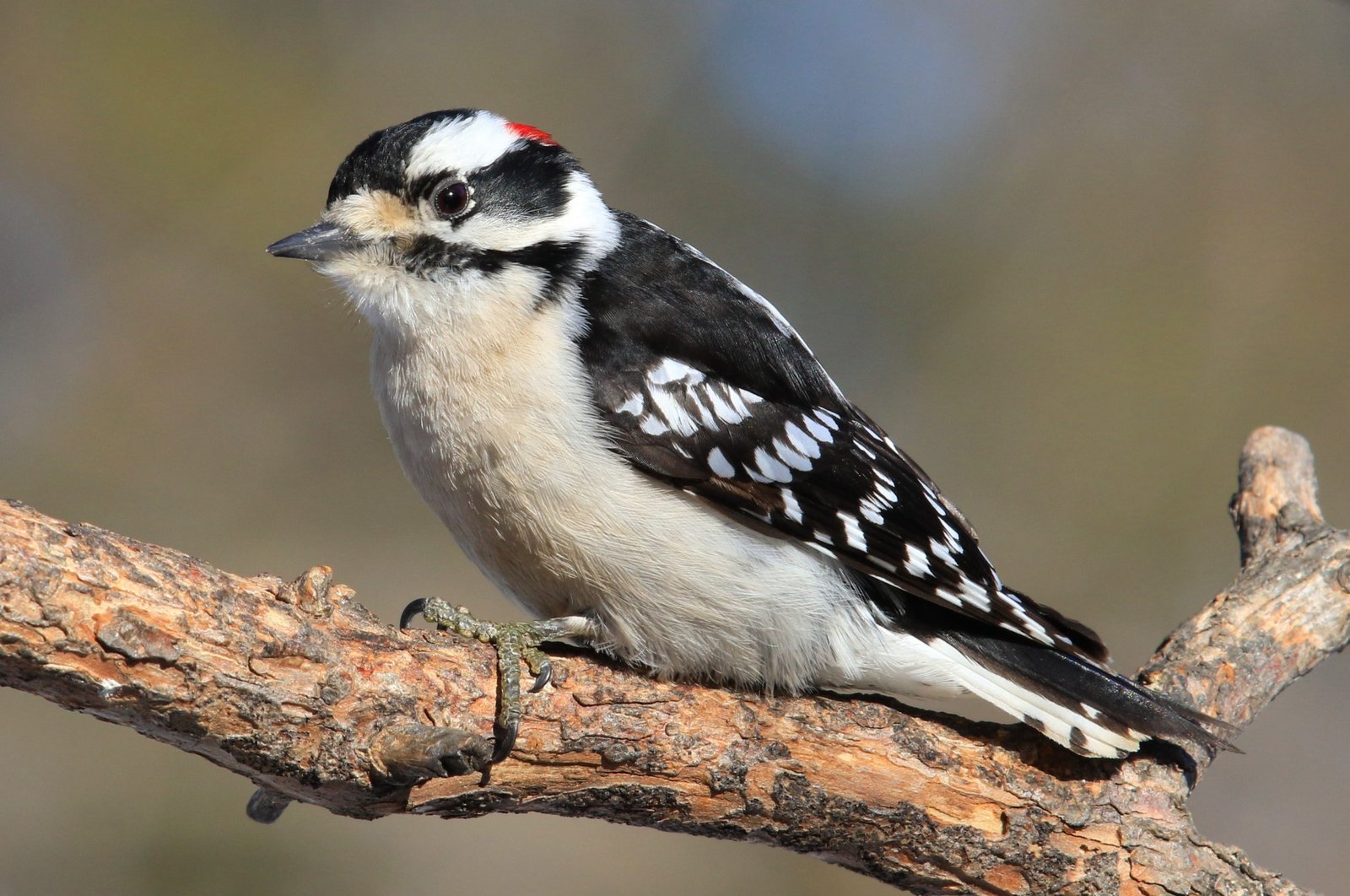Birdwatching is becoming a popular hobby with a potential for specific touristic offer dedicated to the target tourist group enjoying it.
Up to now, 161 types of birds have been registered in the Prokletije area. Twenty more types can be added to the list, making the Prokletije the richest massif with ornithofauna in Montenegro. There are grebes, cormorants, herons, bobbers, hawks, falcons, cocas, pine cocas, buzzing birds, snipes, seagulls, cuckoos, owls, chips, goldfinches, woodpeckers, swallows, larks, crows.
One needs a binocular, field notebook, key for bird identification and a good location for birdwatching – the best places are where more habitats meet and intertwine, for example: forests, meadows and rivers. Wetlands provide a good opportunity for exercise, as they offer greater number of large and noticeable species, easy to identify. Aside from water, the fruit, whether wild or cultivated, is an attraction for many bird species. Birds are most easily observed when they are most active. During the year, that would be the period of migration (late February – April and August – November) and the nesting period (mostly March – June or July). But, in the mountains, depending on the height, the period is in May or June; with larger species of predators, February – August. During the day, the peak of activities is in the morning, starting from half an hour before until four hours after the sunrise, and even four hours during the cool and fresh day; and the late afternoon (say after 15:00 during the cooler day, or after 16:00 in the warm day).
The noon is a period of reduced activity, with exception of large predators, which enjoy themselves in warm ascending air currents.
Walk slowly and quietly, looking in all directions and listening constantly. Search with your eyes (they have much wider field of view than the binoculars), paying particular attention to movements. Although many birds are chirping, it will take some time before you are able to identify them by voice (this capability is developed over time). At first, pay attention to the direction from which the sound is coming and you might see the bird producing it.
Outdoors you will see birds when they take off in front of you, and most often the place where they land. In the overgrown fields stop from time to time, standing or sitting quietly, with branches partly hiding you, but do not restrict your view, allowing the birds to relax and forget about you.





